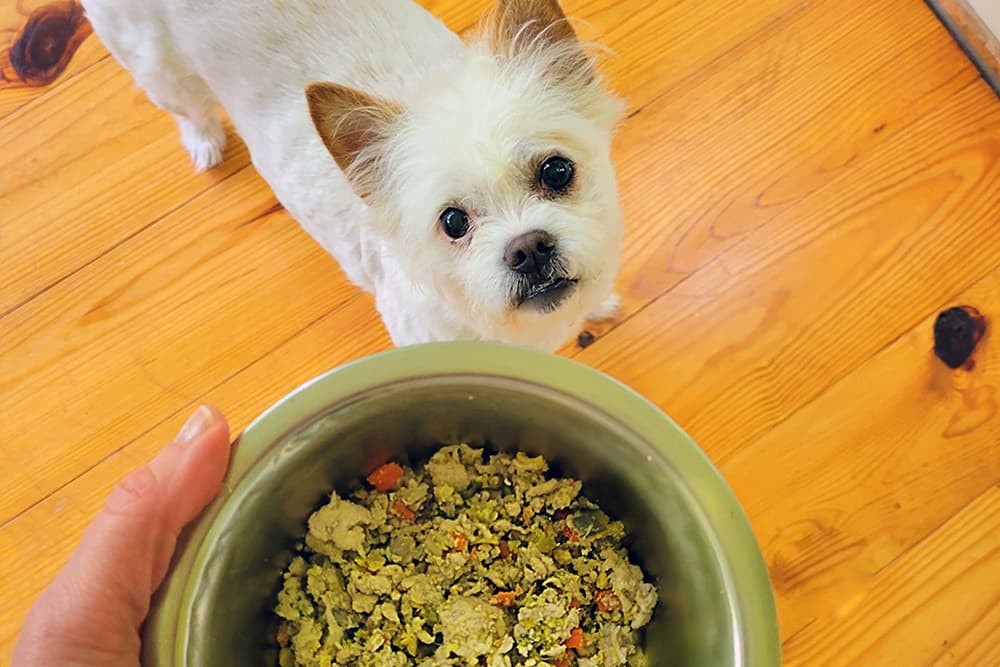How to Select a Puppy That’s Right for You
Published on July 08, 2011
Though all puppies are incredibly cute, not all are a good fit for your lifestyle. With the proper research and preparation, you can find a dog who will be a great addition to the family.
The decision to adopt is far too important to be based on puppy-love-at-first-sight. The incredible range of breeds, exercise needs and temperaments makes it imperative that you do your homework. All puppies eventually grow to be adults, so choosing a dog who fits your lifestyle is the best way to ensure that your decision won’t end in regret. After taking the time to research and compare dog breeds, you’ll have a better sense about which puppies are likely to grow up to be couch potatoes and which might make good jogging partners.
Do Your Research
If you are curious about different breeds, start by getting a book that provides an overview or by reviewing the more than 200 articles on our site about dogs both big and small.
Ask experts to share their take on breeds you are interested in. Veterinarians work with various breeds every day and have vast insight into which ones may be suitable for your lifestyle. Dog trainers are another excellent source of information about the needs and behaviors associated with different breeds.
Consider Size, Breeds and Needs
Though Great Danes love to cuddle, they quickly grow too large to sit in your lap and can clear off a table with a flick of a tail. Due to his short legs, a Dachshund may have trouble keeping up with you on a jog. It’s important to consider how a puppy will fit into your lifestyle when he becomes an adult.
Grooming and exercise needs should be another critical part of the decision. Dogs in the herding group typically require lots of exercise and attention. Other breeds, such as dogs with very long hair, have some fairly intense grooming needs.
In your research, you’ll find that some breeds are predisposed to certain health issues, like hip dysplasia. Mixed-breed dogs may be less likely to have these types of issues than purebreds, but this isn’t always the case. If you’re considering a particular breed, ask your veterinarian which medical conditions you should know about.
Do a Background Check
Finding a reputable breeder or rescue group is essential to locating a healthy, well-socialized puppy. If you’re searching for a purebred dog, ask your vet or local breed club to point you in the right direction. Breed-specific rescue organizations are also a great source for adopting a purebred dog.
If possible, you’ll want to meet the puppy’s parents and siblings, and see the breeding facility. It’s well worth the time and effort to learn about your puppy’s background and confirm that he comes from a healthy environment.
Where pet store puppies are concerned, it’s often impossible to check up on a particular puppy’s parents or background. Unfortunately, a percentage of the doggies in pet store windows come from puppy mills.
Adopting a puppy from a shelter or rescue organization can be extremely rewarding, though it may be impossible to learn much about a rescue puppy’s background or medical history. But these types of organizations typically offer other important benefits, such as health screenings, microchipping and vaccinations.
Know What to Look For
It’s important to have your puppy examined by a veterinarian as soon as possible. Ideally, this should be done before you bring your new family member home for the first time. Fortunately, breeders, shelters and rescue groups often provide paperwork verifying that your puppy’s been examined by a veterinarian, treated for parasites and has had at least one round of vaccinations. Here are a few things to check for when you meet your puppy:
- Make sure your puppy looks alert and aware, not lethargic.
- Check for a little fat around your puppy’s rib cage. He should be well fed.
- Inspect his coat. There shouldn’t be any bald patches or dry, flaky skin.
- Watch your puppy walk. A healthy puppy should walk and run normally, without limping.
- Check the eyes, ears and nose. They should be relatively clean with no discharge.
- Toss a toy or ball. His eyes should follow the toy.
- Watch for coughing, sneezing or difficulty breathing. These could be signs of illness.
- Clap your hands. Your puppy should turn to look at you when you make a loud noise behind him.
Observe Your Puppy’s Personality
Choosing a puppy with a good disposition can help ensure a lifetime of happiness and friendship. By knowing what to look for and paying close attention, you can learn a lot about your puppy’s temperament during a short visit.
1. Watch your puppy as he plays with his littermates. This is a good way to determine how your puppy may get along with other dogs later in life. A puppy who shows a healthy interest in playing, yet eases up when a littermate yelps, will most likely socialize well with other dogs.
2. Gauge how your puppy interacts with people. Ideally, you’ll be able to observe him as he encounters people of differing ages and sexes. Puppies should be curious and interested in people. A puppy who cowers or urinates in fear may be poorly socialized and difficult to train.
3. Roll your puppy on his back for a minute. Puppies who struggle excessively or become aggressive may have dominance issues. A well-adjusted puppy may wiggle a little but will eventually relax and become submissive.
4. Hold your puppy, touching his ears, mouth and paws. Puppies should be comfortable with being handled. If your puppy becomes aggressive or tries to get away, he may not be the kind of dog who likes to lie with you on the couch or allow you to trim his nails.
These are just a few of the indicators that can help you gauge whether a particular puppy is a good fit for you. For more advice on picking the right pooch, go to the Dog Breed Guide section on our site.
This article was reviewed by a Veterinarian.





